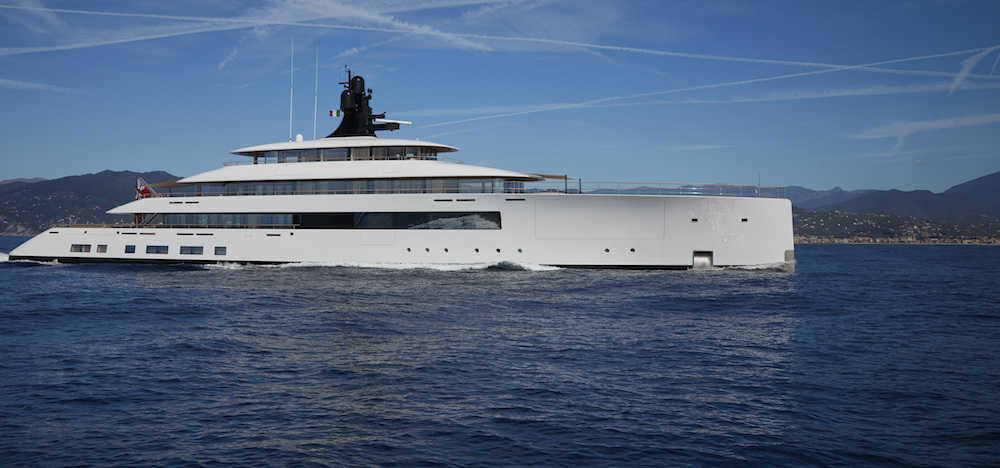More than a window
We explore a number of ways that glass technology is evolving and consider some of the applications for superyachts…
Glass is an essential feature of superyacht design and usage. At its core, the superyacht experience has been designed to help the world’s ultra-wealthy population enjoy the joys of the water and the various activities and amenities that go hand in hand with a luxurious life on the sea. It is of paramount importance, therefore, that owners and guests feel connected to the water and glass has proven to be one of the most important mediums for cementing this connection. The trend in recent years has been for larger glass surfaces and more of them, maximising where possible this connection to the water. But what’s next?
“When you look at design today, the superyachts and the glass are getting bigger, but the rules aren’t changing, which is fair because, in essence, the use of glass hasn’t changed dramatically. It is still, essentially, a covering for an opening in a ship, thus it falls within the remit of safety. Glass is a brittle material and, therefore, safety must always be guaranteed. However, the glass that we have used to date has not been loadbearing, it has just been a cover over an opening with a flexible sealant around it to deal with thermal deformations, torsion, waves and so on,” starts Martijn van Wijngaarden from the knowledge and innovation department of Feadship’s De Voogt Naval Architects.
Loadbearing glass has been used in civil and land-based engineering for a number of years and there is plenty of research to support its use. Indeed, buildings with loadbearing glass have even been designed to withstand earthquakes, which requires a significant amount of flexibility on top of the structural soundness, which is not unlike the requirements for marine application.
“We have looked at how to adapt these technologies for a superyacht, we have tested it and the technology is ready. It is incorporated in a number of design numbers being developed for customers. It is correct that a test program has already been completed successfully, which is why we have included it in a few new designs (we do not include anything on paper we cannot deliver). The potential for upgrading the superyacht aesthetic through loadbearing glass is significant,” continues van Wijngaarden.
Other than the architectural challenges associated with using ever more glass and in loadbearing capacities, there are a number of other practical and technical considerations to take into account. With a greater proportion of glass surfaces, more heat and light will be able to penetrate into the vessel’s interior. While cohesion between the exterior and interior spaces is vital and a oneness with the elements assumed, this desire for cohesion does not stretch to having a 35 degrees Celsius main salon.
“Of course, the more glass there is, the greater the amount of light and heat that can enter the superyacht. At present, we largely use a UV blocking interlayer that keeps a large portion of the heat out, but we have recently produced some superyachts with double-glazed surfaces, which is significantly more effective as an insulator. Naturally, the use of double-glazing has an impact on weight, but the impact is not that significant due to the relative thinness of the internal layer,” says van Wijngaarden.
It may seem strange, given that the use of glass is more typically associated with vision, and perhaps the transference of heat, but one of Feadship’s major challenges is finding solutions to the issue of glass being a conductor of noise.
“Glass is a major source of noise, there are interlayers that are intended to absorb sound, but they are designed to keep exterior noises out. However, most of the noise actually comes from the metal structure, which transfers structurally born noise into the large membrane inside a flexible sealant (glass), which can vibrate and create noise. Our efforts are currently on understanding this noise and reducing its levels even further to produce serene internal spaces. If we could cancel the noise coming from the glass completely, that would make a big difference,” explains van Wijngaarden.
One could argue, that the term ‘window’ does the complexity of glass a disservice. When considered as only a window it is incredibly easy to overlook the extremely technical elements that exist within its creation and application, especially when one starts to consider curvature across two plains, its thermal and noise-insulating qualities and so on, and in the near future the complexity of glass is only going to grow with the addition of solar panels.
“There will be more glass with solar cells in the not so distant future. Flexibility is key and while flexible solar panels are already available, they are all packaged in a polymer, which creates a wrinkly, wavy structure that is not very aesthetically pleasing. Glass solar panels exist, which are aesthetically great, but they are flat and there are almost no flat surfaces on the exterior of superyachts, so we are looking at flexible glass solar panels. They may only account for a small amount of the energy required on board, but with energy storage technologies it can still make a significant difference. We are even considering solar panels on the sides of the hull to absorb the energy reflected from the water,” says van Wijngaarden.
The challenges associated with the development and use of glass onboard superyachts are many and complex. Beyond the developments mentioned herein, there are also challenges related to size, curvature, design and even smart glass, all of which are also on Feadship's radar. So many of the designs for large superyacht today are predicated on an extensive and complex use of glass and, therefore, the challenge will be for the designers, shipyards and suppliers to rise to the occasion and tackle the challenges head on. For want of a better phrase, the future is bright.
Profile links
NEW: Sign up for SuperyachtNewsweek!
Get the latest weekly news, in-depth reports, intelligence, and strategic insights, delivered directly from The Superyacht Group's editors and market analysts.
Stay at the forefront of the superyacht industry with SuperyachtNewsweek
Click here to become part of The Superyacht Group community, and join us in our mission to make this industry accessible to all, and prosperous for the long-term. We are offering access to the superyacht industry’s most comprehensive and longstanding archive of business-critical information, as well as a comprehensive, real-time superyacht fleet database, for just £10 per month, because we are One Industry with One Mission. Sign up here.
Related news
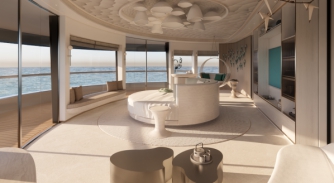
Designing interiors on the world’s largest superyachts
Dasha Moranova recalls her journey from humble beginnings to the wonders of Lürssen's Alice concept....
Fleet
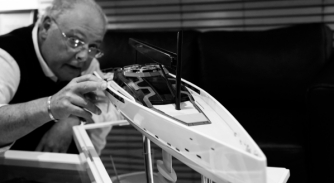
Superyacht designer Tony Castro talks ‘re-inventing’
Tony Castro finds room for experience and wisdom in a space crowded by eccentricity and ostentation
Fleet
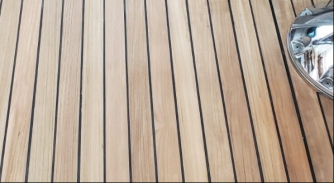
The teak problem
We explore the history of teak to kickstart a series of articles on alternative materials and solutions
Business
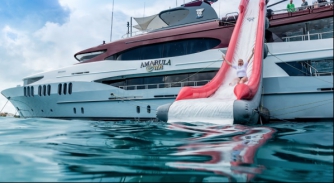
Bi-weekly brokerage analysis
While numbers of sales and combined value have fallen, the brokerage market continues to perform admirably
Fleet
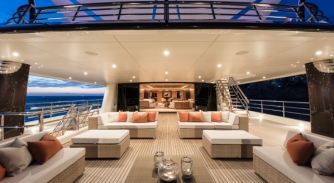
Raising the bar of refit…by grand design
The steps Winch Design has taken to play a major role in the refit sector
Fleet

A token gesture
How the tokenisation of physical assets on the blockchain is changing the superyacht transaction landscape
Owner
Related news
The teak problem
3 years ago
Bi-weekly brokerage analysis
3 years ago
Raising the bar of refit…by grand design
3 years ago
A token gesture
3 years ago
NEW: Sign up for
SuperyachtNewsweek!
Get the latest weekly news, in-depth reports, intelligence, and strategic insights, delivered directly from The Superyacht Group's editors and market analysts.
Stay at the forefront of the superyacht industry with SuperyachtNewsweek


